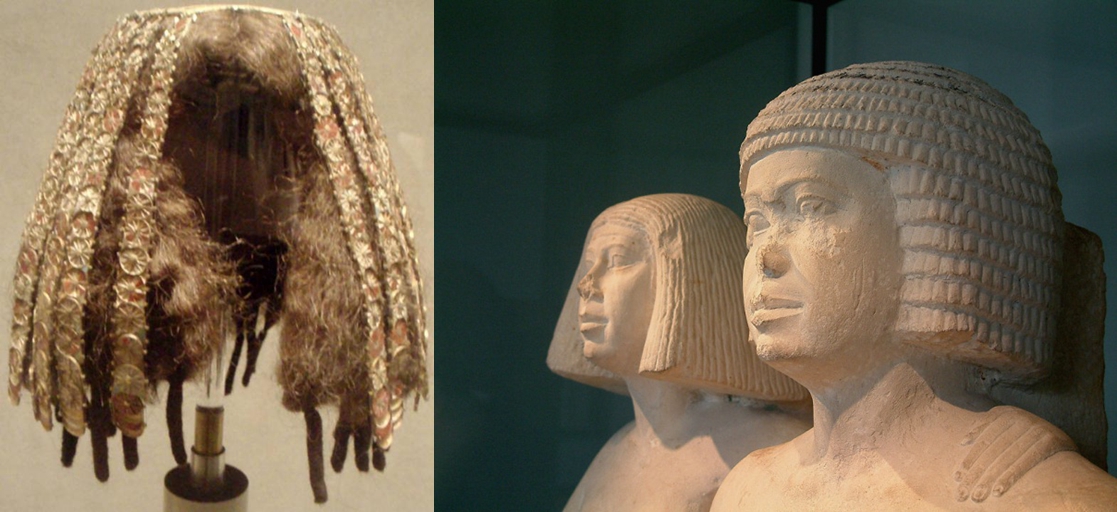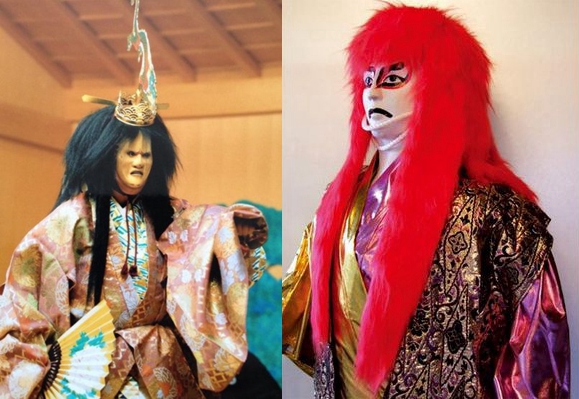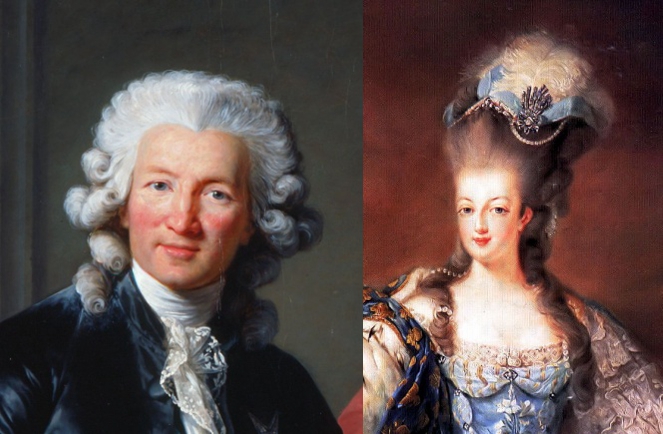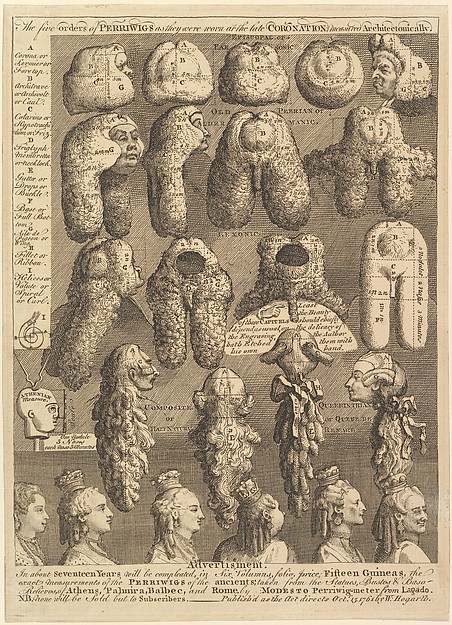The Origins and History of the Toupee and Wig
- Written by Ray Fernandez
- Aug 4, 2017
- |
- 7 min read
 Listen to the full text
Listen to the full textThe History of Wigs
Wigs and toupees have been written into history from as early as 3100 BC for toupees and 1675 for wigs. The term "wig" is shortened from periwig and refers to the use of synthetic, animal or human hair to conceal baldness and restore hair appearance. Although the motive to wear hairpieces remains the same, the quality of their manufacture is drastically different. Through understanding how these hair pieces were used over time you can appreciate how they have evolved and are made with the finest materials and craftsmanship. Lordhair offers the highest quality hair systems at unbeatable prices. We can customize your hair system from our range of bases, hair types, and colors to make a natural, undetectable, and comfortable hairpiece.
Wigs in Ancient History
Why did the ancient Egyptians wear wigs?
The ancient Egyptians used to shave their heads clean of hair to stay comfortable in the hot climate and to prevent lice outbreaks, which were problematic at that time. Wigs symbolized social status and served the practical purpose of protecting their heads from the sun. Women’s wigs were more decorative and beautiful than men’s wigs, often containing braids with gold and ivory. They were made out of fiber netting with materials such as wool, vegetable fibers and human hair. This stuck out in all directions which created a voluminous wig.

History of wigs in China and Japan
In the Far East, wigs were traditionally used in theatrical performances such as Japanese Kabuki or Noh. They grew in popularity in China during Spring and Autumn period (770 BC – 476 BC). Wigs were often used in ceremonies to add significance to the people who wore them, usually of a higher social status than ordinary citizens. However, plenty of other cultures used wigs in their everyday lives, for example, the Greeks and the Romans. Toupees have been around longer and were used to enhance appearance due to the stigma against baldness. Even Julius Ceasar used a toupee to cover his pattern baldness!

Did Men Wear Wigs in the 16th & 17th Century?
Wig usage increased in the 16th century. Many royals wore elaborate wigs and headpieces such as Queen Elizabeth I. This also served the practical purpose of avoiding lice. Periwigs for men were introduced into the English-speaking world around 1660. They were shoulder length or longer and became popular in English court.
By the 17th century wig making was becoming an art form, as demand increased and designs became more intricate. These wigs were heavy and uncomfortable to wear for long periods. They were made out of human hair or horse hair and became more expensive.
Men and Wigs in the 18th Century
Men’s wigs were powdered white or off-white and women wore coiffures powdered grey or blue-grey. The powder was made from starch and scented with lavender or orris-root. These hairpieces became essential for full-dress occasions, however, powdering was very messy and inconvenient. The development of naturally white wigs meant daily wear and court dress was feasible. In 1775 the British Government put a tax on hair powder which lead to them going out of fashion.


The Five Orders of Periwigs by William Hogarth 1761 (above) details the different wigs throughout the 18th century and their designs.
Read More: Juha Wears a Toupee
Wig History in the 19th & 20th Century
Wigs in the 1800s and 1900s. This was an era where toupees became more popular than wigs due to the change in perception over aging. Men wanted to appear younger and a toupee was a way to achieve this. Max Factor promoted the great craftmanship of their toupees, which were made with flesh-colored lace and carefully sewn in to be invisible. They were the main supplier of wigs to Hollywood actors. By 1950 an estimated 350,000 U.S. men were wearing hairpieces out of 15 million potential wearers. This increased to 2.5 million by the end of 1969.
Modern Wigs in the 21st Century
Manufacturing transitioned from the U.S. and is now primarily based in Asia. Lordhair is based in Qingdao, China and supplies directly to you, which cuts out the middle man. You get high-quality hair systems at great prices. It is really easy to order your hair system, visit lordhair.com to see the full range of customization options to suit your needs.
Need a modern men's hair system? You can get one from Lordhair TODAY!
Quickfire Wigs FAQ
Who Invented Wigs?
It is commonly beleived the ancient egyptians invented wigs. It is the earliest record of wigs known so far.
Why did people wear wigs in the olden days?
There were a few different reasons:
- To protect the real hair from the elements (water, heat)
- As a status symbol
- To cover balding
Why do people wear wigs nowadays?
Unlike the olden times, to protect the head, people noawadays wear hats and caps. Fancy wigs are no longer a status symbol like in the 16-19th century. Nowadays, modern men's wigs are used mainly to cover balding
Where Can I Buy Modern Men's Wigs?
From lordhair.com! With a huge selection of realistic looking wigs, you can customize it howwever you like, or pick one ready to ship NOW and start your bald-free life!
What were ancient Egyptian wigs made out of?
Human hair, sheep wool or vegetable fiber.
What were classical period wigs made out of?
Also known as colonial wigs, they were primarily made out of human, horse or goat hair.
Why are colonial wigs white?
Often called a powdered wig, these classical period wigs were often white. It is beleived that color indicated class, being reserved for military officials or judges. Other theories explain the color of wigs being to hide syphilis.
Also read:
Juha, 29, wears a hair system and would never believe it
Harvard Study Signals Permanent Cure for Baldness


